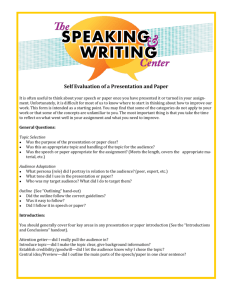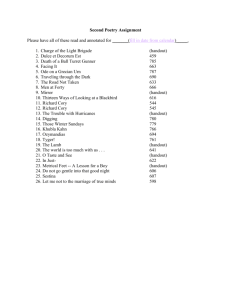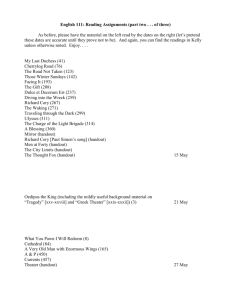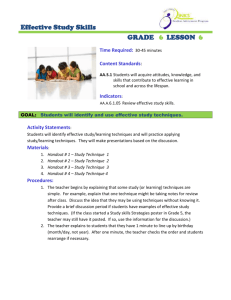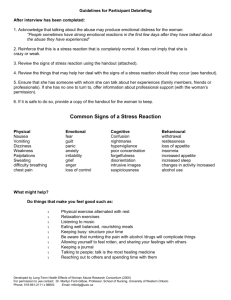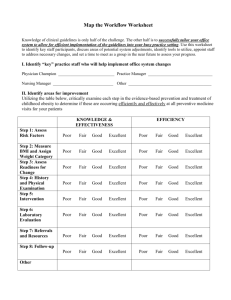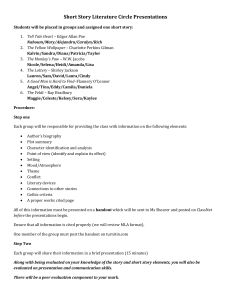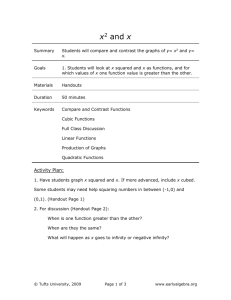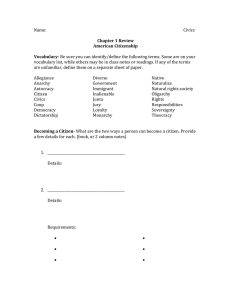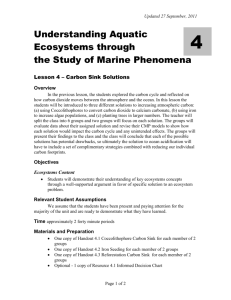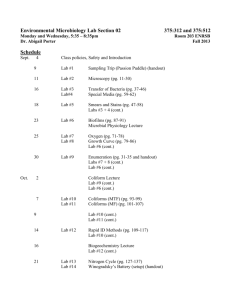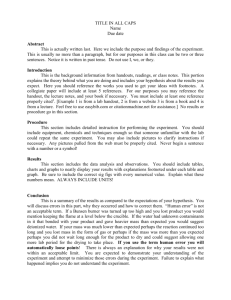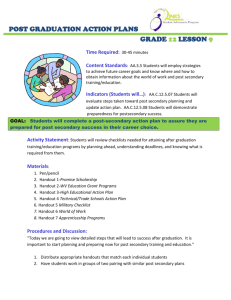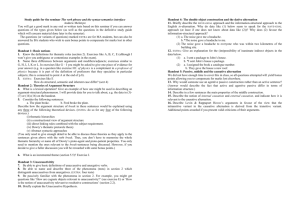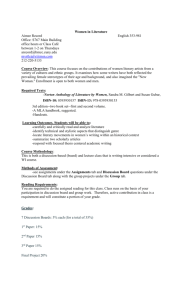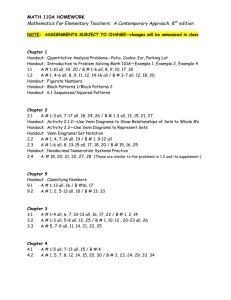Grades K-3 - American Bar Association
advertisement
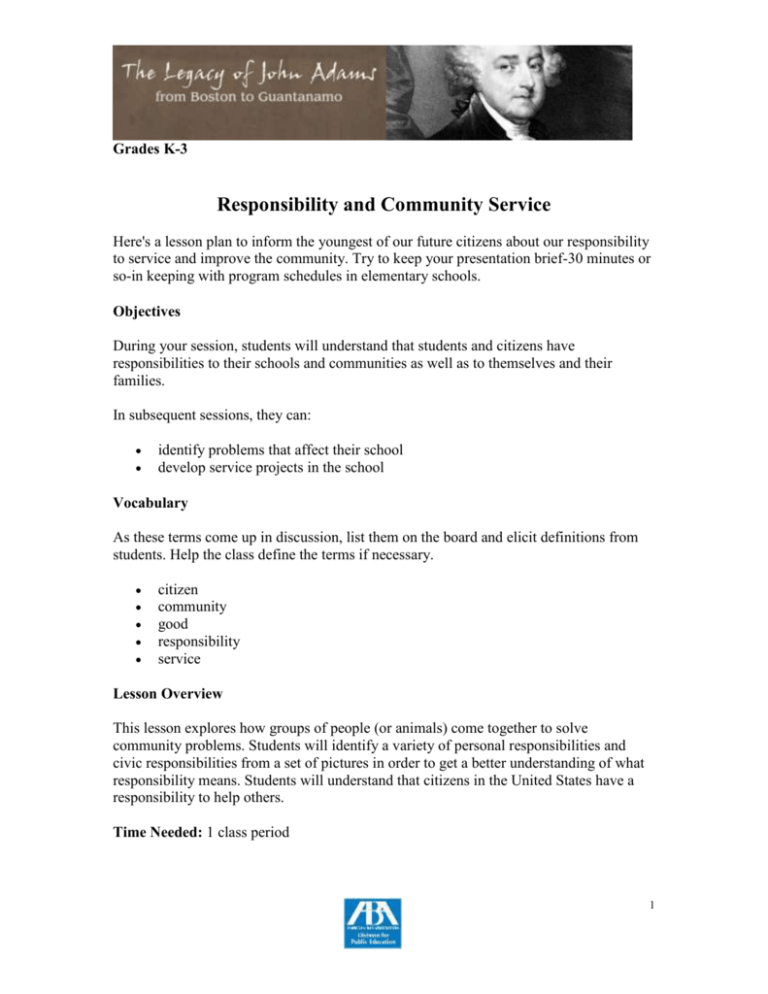
Grades K-3 Responsibility and Community Service Here's a lesson plan to inform the youngest of our future citizens about our responsibility to service and improve the community. Try to keep your presentation brief-30 minutes or so-in keeping with program schedules in elementary schools. Objectives During your session, students will understand that students and citizens have responsibilities to their schools and communities as well as to themselves and their families. In subsequent sessions, they can: identify problems that affect their school develop service projects in the school Vocabulary As these terms come up in discussion, list them on the board and elicit definitions from students. Help the class define the terms if necessary. citizen community good responsibility service Lesson Overview This lesson explores how groups of people (or animals) come together to solve community problems. Students will identify a variety of personal responsibilities and civic responsibilities from a set of pictures in order to get a better understanding of what responsibility means. Students will understand that citizens in the United States have a responsibility to help others. Time Needed: 1 class period 1 Materials Needed: 1. How Would You Help This Community? Handout (below) 2. Fiction or nonfiction book about animals or people helping others (not themselves or family members) 3. Suggested reading: The Streets Are Free by Kurusa. Annick Press. ISBN 0920303-07-2. 2 Grades K-3-Responsibility and Community Service How Would You Help This Community? Handout Procedure 1. Read a story to students about animals or people coming together to help others. Alternatively, create a story about a problem-children not learning at school, children being excluded by others at school, violence, pollution, or littering-and let students act it out and then suggest ways to solve or reduce the problem. 2. Display the "How Would You Help This Community?" handout. Ask children to volunteer to point out facilities that help people, such as the hospital, the childcare center, and the nursing home. Explain that everyone in a community can help those in need as these facilities do. Ask students what problems they know about in their own school or in their community. Tell students that you are not asking about problems in their own homes. 3. Tell students that in our country, each citizen (person who is a member of the country) has certain responsibilities. One responsibility is to help solve problems that the country has. 4. Write the word responsibility on the board and ask students what this word means. Explain that responsibility is something that one is supposed to do. Ask students to identify some responsibilities they may have. Examples could include feeding the family pet, cleaning their room, etc. Explain that each is a responsibility that people have to themselves and their families. Ask students to write other personal responsibilities on the Personal Responsibility Handout . 5. Explain that a civic responsibility is one that people have to their community and country because they are members or citizens of the United States. Examples include voting, volunteering to help the community, etc. Students may write others on the Civic Responsibility Handout. Optional Follow-up Lessons Either you or the teacher might wish to follow up with additional lessons. Perhaps the teacher could walk with students through the playground and lunch room, having them look for problems in the school. Students could be asked to draw a picture of any problems that they saw, or any problems that they know about at the school. They could talk as a large group about what they might be able to do to help with the problems, or do some role-plays about the problem and about their proposed solutions. They could also 3 make posters about the problem and their solution and hang the posters in the hallways, or talk to other classes about solving a problem. A final step would be to have students vote on which project(s) to undertake, prepare them for doing the project, and let them implement their project (with guidance). Then plan a recognition event for students. Adapted from the ABA handbook Serving the Community. 4




